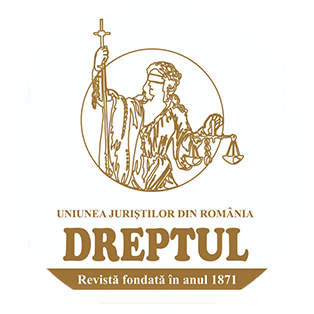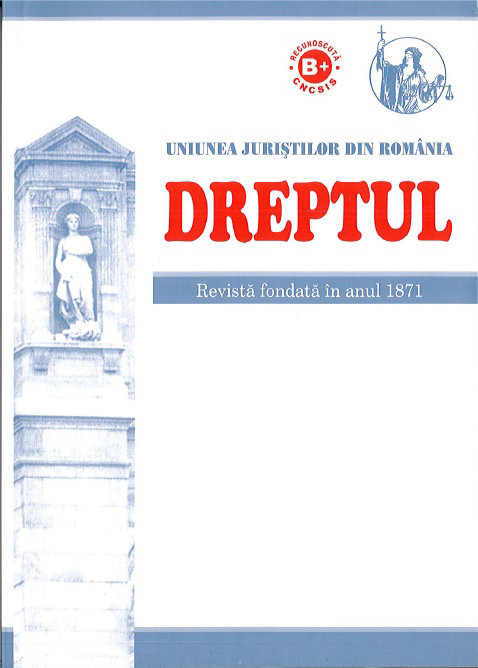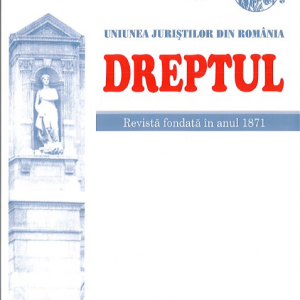In this article, we intend to present, first of all, the particularities of the on-the-spot investigation,
and then to deal with the way of drawing up a report, regarding those found on the spot and the
importance of such evidence for solving cases.
Also, depending on the discussions held, in our presentation, we will examine the themes
raised by applying Articles 345–347 of the Civil Procedure Code; the situations in which the court,
which travels on the spot, cannot conclude the investigation on the appointed day; the issue of the
rogatory commission and the manner of drawing up the minutes.
Current probation law provides the on-the-spot investigation with the conduct of operations
and findings to be recorded in a report, which also shows the presence or absence of the parties.
We appreciate that, for a fair trial, the deadlines for which the judge goes to that place on the
second or even the third day must be mentioned. Although it is not a legal provision for
the on-the-spot investigation by the letter rogatory, there are requests, according to the
rules of common law, by which the courts support each other, to establish the truth
accurately.
Because the on-the-spot investigation is direct evidence of the facts, the minutes must
be drawn up meticulously during on-the-spot investigations. In our analysis we also turn
to generically related information, which cannot be a means of probation allowed by our
system.
UNELE OBSERVAȚII CU PRIVIRE LA CERCETAREA LA FAȚA LOCULUI ÎN DREPTUL PROCESUAL CIVIL
15.00lei


